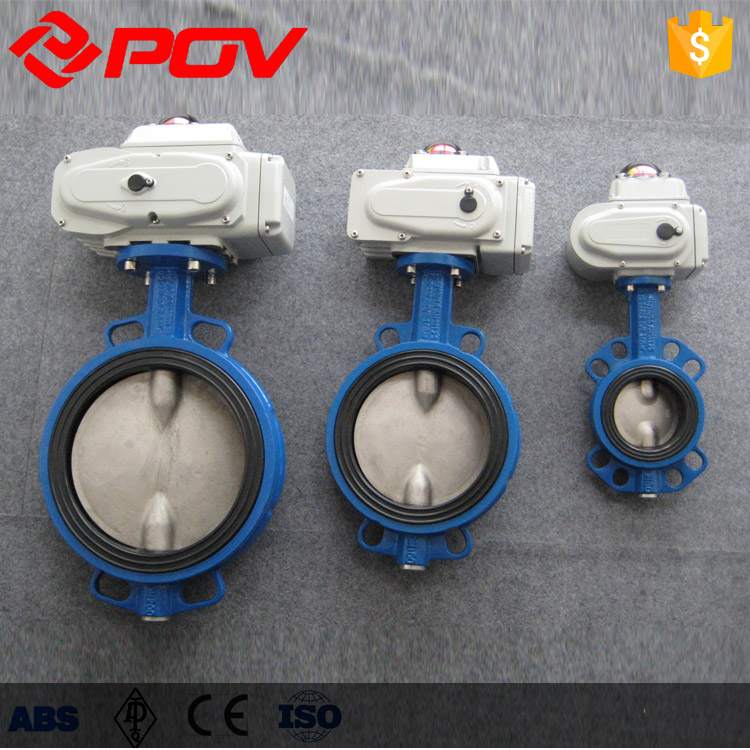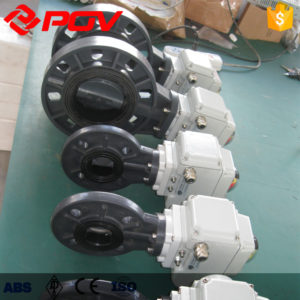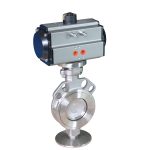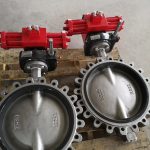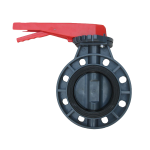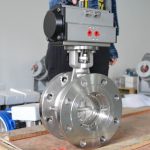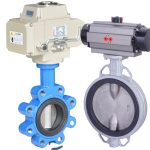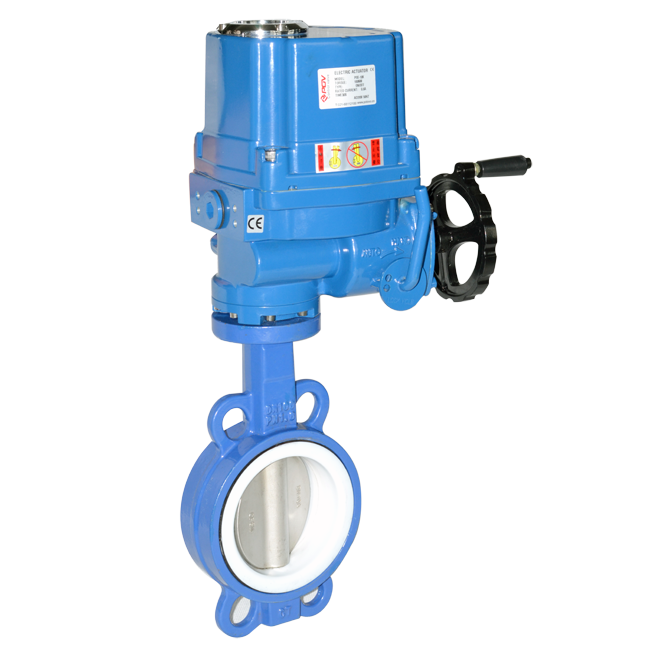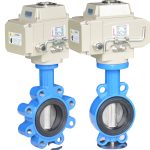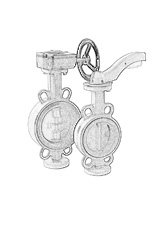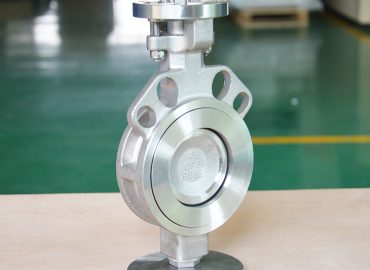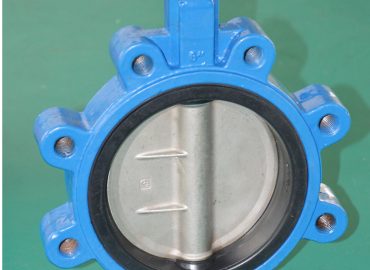Overload may occur if:
1. The power supply voltage is low, and the required torque is not obtain. So that the motor stops rotating.
2. The second is intermittent use, resulting in heat accumulation. Which exceeds the allowed temperature appreciation of the motor.
3. Third, the use of high ambient temperature, relatively reduce the thermal capacity of the motor.
4. Fourth, the circuit of torque limiting mechanism breaks down for some reason, which makes the torque too large.
5. Fifthly, the torque limiting mechanism is adjusted wrongly to make it larger than the stop torque. Resulting in continuous excessive torque and stopping the motor.
In the past, fuse, over-current relay, thermal relay and thermostat were used to protect the motor. But these methods have their own advantages and disadvantages. There is no absolutely reliable protection method for the load changing equipment of electric device. Therefore, it is necessary to adopt various combinations, which can sum up in two ways: one is to judge the increase or decrease of the input current of the motor. The other is to judge the heating condition of the motor itself. In either case, the time margin given by the thermal capacity of the motor shall consider.
Generally, the basic protection method of overload is:
1. Thermal relay is use for the protection of motor locked rotor.
2. For short circuit accident, fuse or over-current relay shall be used.
3. For overload protection of continuous operation or inching operation of motor, thermostat shall use.
Valve electric actuator is an indispensable equipment to realize valve program control, automatic control and remote control. Its movement process can controll by the stroke, torque or axial thrust.
In a word, correct selection of valve electric device is very important to prevent overload (working torque is higher than control torque).


